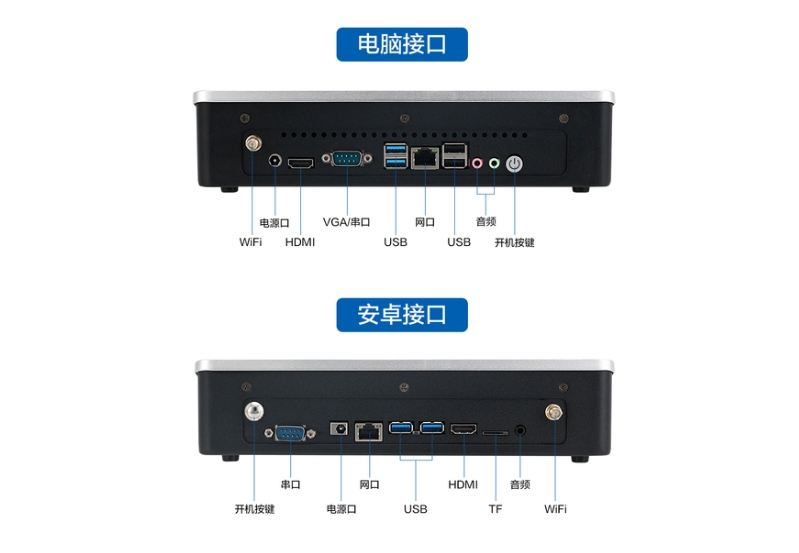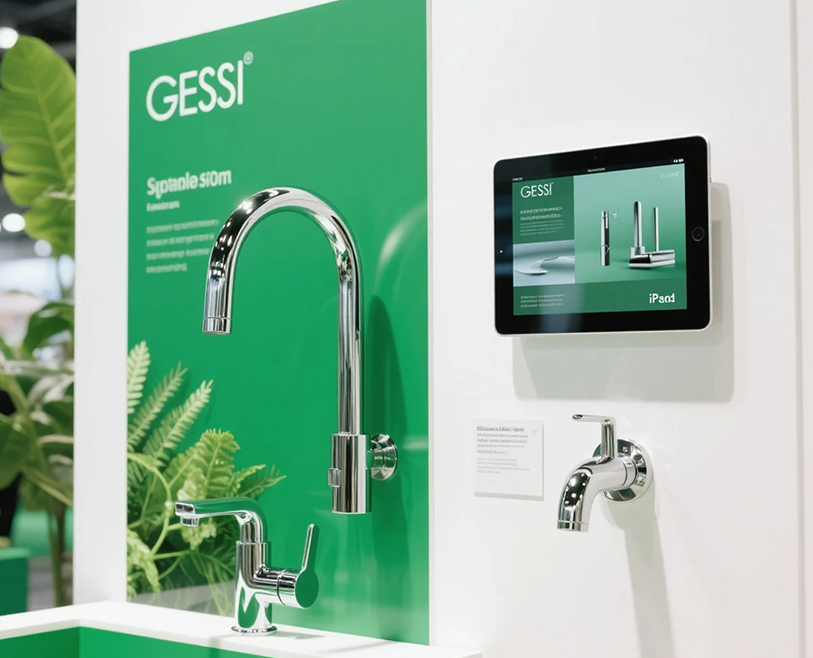15.6 โดยทั่วไปแล้วจอภาพสัมผัสขนาดนิ้วจะมาพร้อมกับอินเทอร์เฟซการแสดงผลหลายจอ เพื่อตอบสนองความต้องการในการเชื่อมต่อของอุปกรณ์และสถานการณ์ที่แตกต่างกัน. นี่คือบางส่วนที่พบบ่อย จอภาพสัมผัส อินเทอร์เฟซ:

อินเตอร์เฟซ USB:
คุณสมบัติ: อินเตอร์เฟซสากล, ใช้งานง่าย, ใช้กันอย่างแพร่หลายในอุปกรณ์เช่นคอมพิวเตอร์, โทรศัพท์มือถือ, แท็บเล็ต, ฯลฯ.
สถานการณ์การใช้งาน: สามารถซิงโครไนซ์การสัมผัสและการรับส่งข้อมูลได้, แต่ความเร็วในการส่งข้อมูลช้าและไม่เหมาะกับสถานการณ์ที่ใช้พลังงานสูง เช่น การเล่นวิดีโอความละเอียดสูง.
อินเตอร์เฟซ HDMI:
คุณสมบัติ: อินเตอร์เฟซมัลติมีเดียความละเอียดสูง, รองรับความละเอียดสูง, การส่งสัญญาณเสียงและวิดีโอคุณภาพสูง.
สถานการณ์การใช้งาน: ใช้กันอย่างแพร่หลายในเครื่องเล่นวิดีโอความละเอียดสูง, ทีวีดิจิตอล, โปรเจ็คเตอร์และอุปกรณ์อื่นๆ, เหมาะสำหรับโอกาสที่ต้องการการสัมผัสที่มีความคมชัดสูงและการส่งข้อมูลที่มีความคมชัดสูง.
บันทึก: อินเทอร์เฟซ HDMI เวอร์ชันต่างๆ อาจมีความละเอียดและแบนด์วิธต่างกัน.
อินเตอร์เฟซวีจีเอ:
คุณสมบัติ: อินเทอร์เฟซวิดีโอแอนะล็อกรุ่นเก่ามีข้อดีคือมีความละเอียดสูง, ความเร็วในการแสดงผลที่รวดเร็ว, และสีสันที่หลากหลาย, แต่อาจไวต่อการรบกวนและการบิดเบือนได้.
สถานการณ์การใช้งาน: ครั้งหนึ่งเคยใช้กันอย่างแพร่หลายในอุปกรณ์ต่างๆ เช่น คอมพิวเตอร์และจอภาพ, แต่เนื่องจากลักษณะสัญญาณอนาล็อก, ไม่เหมาะสำหรับการส่งสัญญาณวิดีโอความละเอียดสูงอีกต่อไป.
อินเตอร์เฟซดีวีไอ:
คุณสมบัติ: อินเตอร์เฟซวิดีโอดิจิตอล, ด้วยคุณสมบัติการส่งสัญญาณวิดีโอดิจิทัลที่มีความคมชัดสูงและคุณภาพสูง.
สถานการณ์การใช้งาน: นำไปใช้กับโทรทัศน์ที่มีความคมชัดสูง, จอคอมพิวเตอร์, และอุปกรณ์อื่นๆ, สามารถสัมผัสความละเอียดสูงและการส่งสัญญาณวิดีโอดิจิทัลได้.
หมวดหมู่: DVI-A (การส่งสัญญาณแบบอะนาล็อก), DVI-D (การส่งสัญญาณดิจิตอล), DVI-I (การส่งสัญญาณแบบอะนาล็อกและดิจิตอล).
บันทึก: อินเทอร์เฟซ DVI เวอร์ชันต่างๆ อาจมีความละเอียดและแบนด์วิธต่างกัน.
อินเตอร์เฟซดิสเพลย์พอร์ต (ดีพี):
คุณสมบัติ: อินเทอร์เฟซวิดีโอและเสียงแบบดิจิทัล, รองรับความละเอียดสูง, การส่งสัญญาณเสียงและวิดีโอคุณภาพสูง.
สถานการณ์การใช้งาน: ใช้กันอย่างแพร่หลายในคอมพิวเตอร์, รองรับการส่งสัญญาณวิดีโอความละเอียดสูงและการตั้งค่าจอภาพหลายจอ, เหมาะสำหรับโอกาสที่ต้องการการสัมผัสที่มีความคมชัดสูงและการส่งสัญญาณเสียงและวิดีโอคุณภาพสูง.
นอกจากนี้, มีอินเทอร์เฟซอื่นๆ เช่น ขั้วต่อ BNC (ใช้สำหรับเชื่อมต่ออุปกรณ์กล้องในโครงการตรวจสอบ), อินเทอร์เฟซ COM (พอร์ตการสื่อสารแบบอนุกรม), อินเทอร์เฟซ RJ45 (อินเทอร์เฟซเครือข่าย), ฯลฯ, แต่อินเทอร์เฟซเหล่านี้ไม่ธรรมดา 15.6 จอภาพสัมผัสขนาดนิ้ว.
โดยสรุป, มีอินเทอร์เฟซการแสดงผลหลายประเภทสำหรับจอภาพระบบสัมผัส, และผู้ใช้ควรคำนึงถึงความต้องการที่แท้จริงและความเข้ากันได้ของอุปกรณ์เมื่อเลือก. หากต้องการข้อมูลเพิ่มเติม, ขอแนะนำให้ดูคู่มือผลิตภัณฑ์จอภาพสัมผัสหรือปรึกษาบุคลากรด้านเทคนิคที่เกี่ยวข้อง.


